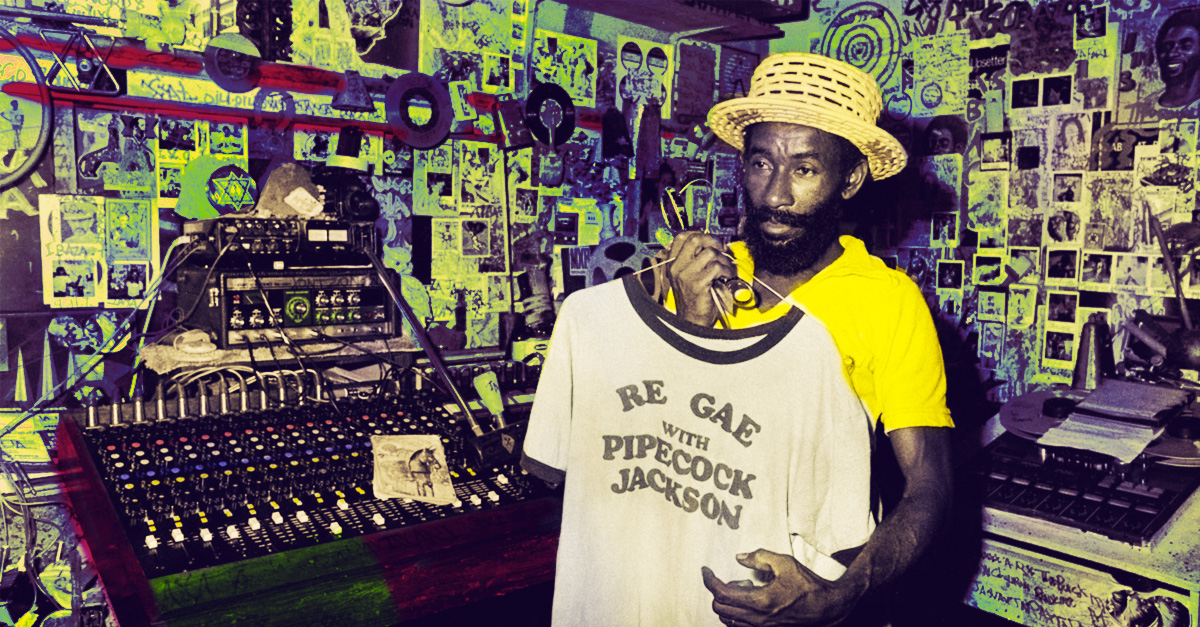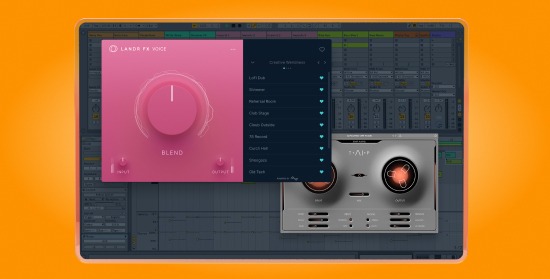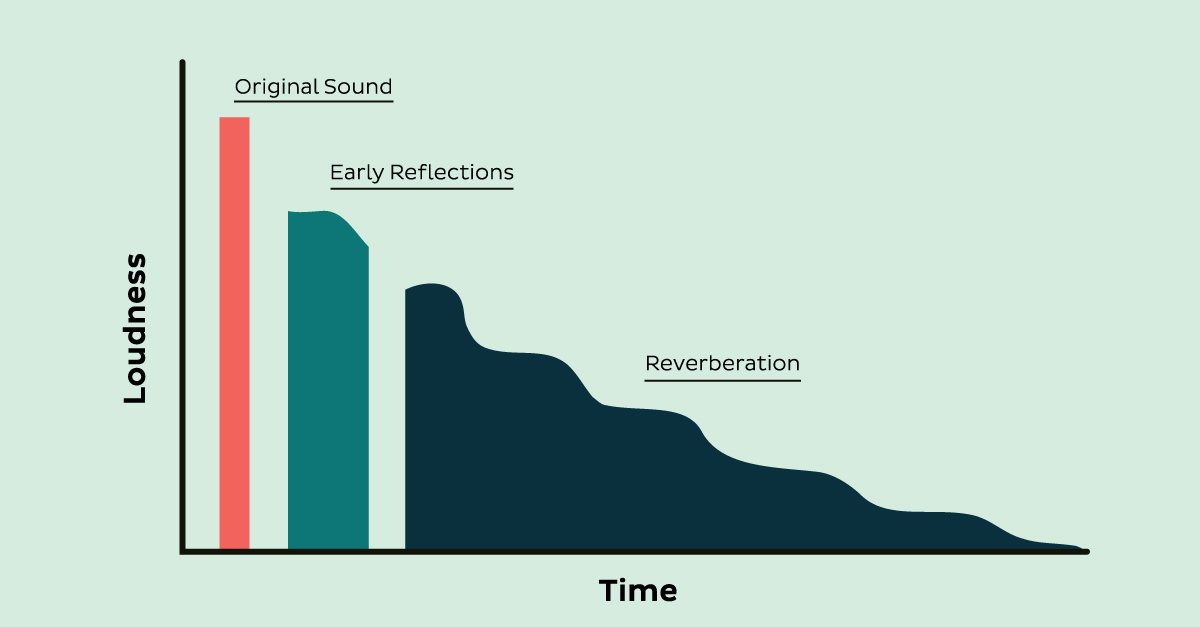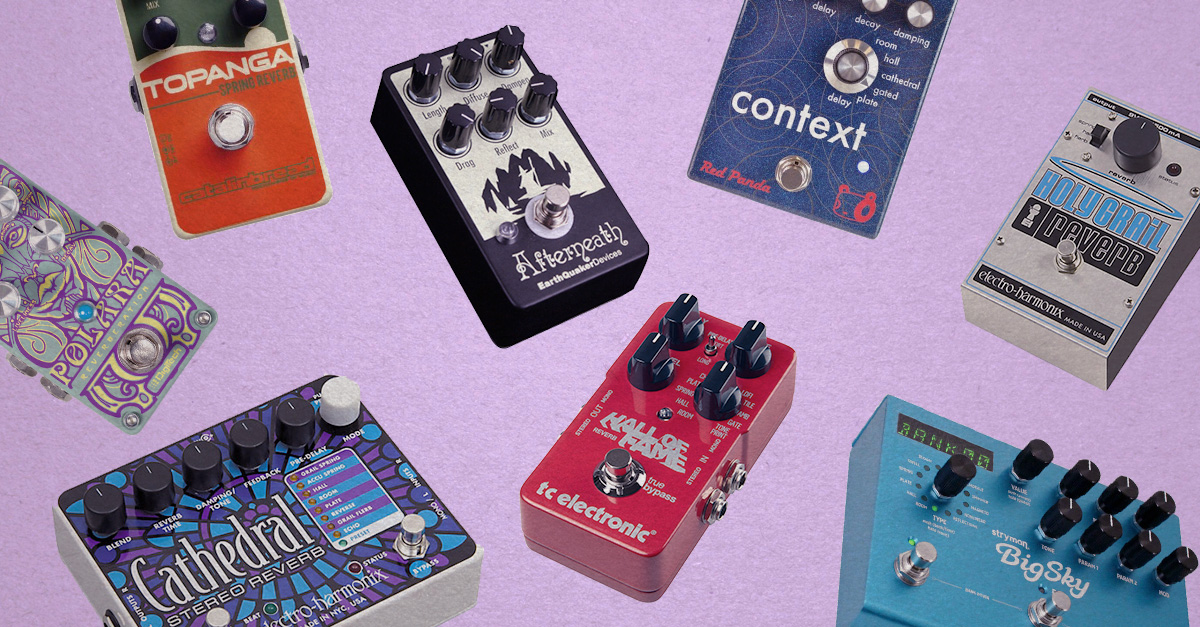
How To Get a Better Mix With 5 Simple Reverb Techniques

There’s one thing that all good music has in common. No, it’s not catchy lyrics, or a perfect hook.
It’s something more subtle. The secret ingredient is a few layers under the surface.
The one thing that sets good music apart from all the rest is space. Creating space and depth is vital when you’re mixing music. So how do you create it?
There’s a few different ways. But one of the best is reverb. If you’re new to reverb, read out What is Reverb guide before you dig in on these applications.
If you’re ready to explore reverb, let’s get started. Here’s 5 simple tips for using reverb effectively in your mix.
Before you reverberate
There’s a few basic things to keep in mind before we start. For starters, what is reverb?
Think of your sound like a bouncy ball. If you whip it against a wall it’ll bounce off and hit the other wall. Every bounce is a reverberation.
Applying reverb to your track allows you to control the bounces of your sound—or the reverberations. They give you the power to create the space your sound is in.
Reverb exists all around us in the real world. Have you ever visited a cathedral? That’s a good example of a very reverberant space.
There’s a billion different kinds of reverb effects out there. Which one you choose all depends on what kind of sound space you’re looking for.
No matter what reverb you’re using, these 5 simple techniques will help you get the perfect space for your sound.
1. Put everything in the same space
How do you make all your tracks fit together? Easy. Put them all in the same space with a reverb bus.
Applying some subtle reverb as a global effect to a group of instruments will give your tracks some cohesion. It will pull your overall sound together.
Create a new mix channel in your DAW. This will be your reverb bus. A bus will let you send multiple tracks to a single reverb process.
Once you have your bus set up, route all the tracks that you want hanging out in the same space to it. Apply some subtle reverb and tweak to your taste.
All the tracks on the bus will seem like they’re existing in the same space together. A common use of this is a reverb on your drum bus. Group your drums and apply a reverb to give your kit some depth.
It doesn’t have to be every single track either. Try setting up a reverb bus for just drums or just vocals to glue together specific groups of tracks.
Hot tip: Applying reverb to lower frequency instruments can clutter up your mix. To avoid a muddy mix, be careful what you’re apply reverb to.
2. Tale of the Tails
The decay setting of your reverb determines how long your reverb will reverberate for.
The sound ‘wash’ that your reverb creates is called the reverb tail.
So the longer your decay is, the longer your reverb tails will be. Tweaking the decay settings lets you adjust the front to back depth of your mix.
Hot Tip: Reverb tails are often amplified during the mastering phase. Don’t wait until the end to make sure you’re not overdoing it with your reverbs. Master your track early and check your reverb decisions with a quick mastered mix reference. Let your master guide your reverb decisions, so you don’t have to go back and fix later on.
Longer reverb tails tend to work on certain types of music that unfold slowly. Shorter reverb tails work better with an up-tempo sound that progresses quickly.
Sometimes no tail is needed at all. The first few reverberations of a sound are called ‘early reflections.’
Depending on what kind of music you’re making, sometimes all you need is the early reflections.
3. How Much Reverb is too much reverb?
Experiment with the length of your reverb tails to create a different space. But be careful with how they interact with the rest of your mix.
Overdoing it can lead to a flat and muddy mix.
[adbutler zone_id=”291816″ secure=”1″ type=”asyncjs”]
Try to find a good level for your reverbs. Reverb is meant to add a subtle layer to your mix. If it’s too present your mix can get washed out by the reflections.
As a rule of thumb try turning your reverb up until it’s obvious in the mix, then turn it down slightly.
But it’s always the mixer’s choice. So experiment to find what works for each element in your mix.
4. Could you please pass the reverb
Most reverb applications need to sound crisp, clear, and shiny. The best way to find a good reverb sound for your higher frequency sounds is to use a high-pass filter before you apply reverb.
This will ensure that none of the lower frequency information in your higher frequency sounds (think snare or cymbal) are reflecting.
Your mix can get muddy real quick if you don’t remove the unnecessary lows first.
Some reverbs even come with a built-in high-pass filter (sometimes called low-cut). Experiment with the cutoff to find your reverb sweet spot.
5. Experiment with your ‘verbs
Reverb is a versatile tool for mixing. And even that’s an understatement. There’s a ton you can do with it. So try everything.
Panning reverbs is a good place to start with experimenting. Try panning your reverb return away from the centre. This will give your mix movement and depth.
Experimenting with different room sizes and reverb types is also a great place to explore. For example: try putting your drums in a small room to beef them up a bit, then put your guitars in a big room to contrast the space the drum track is in.
Get to know your reverb tools and push them to the limit no matter what you do. There’s infinite reverb possibility.
Better reverb means a better mix
Reverb is one of the most important tools in the mixer’s toolkit.
Knowing how and when to use it is essential to turn an amateur sounding mix into a professional one.
So try these basic reverb tips on your next mix and make fuller, richer sound part of your mixing process.
Gear guides, tips, tutorials, inspiration and more—delivered weekly.
Keep up with the LANDR Blog.






